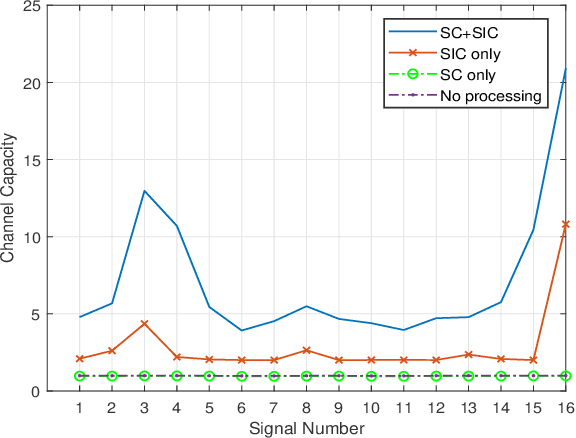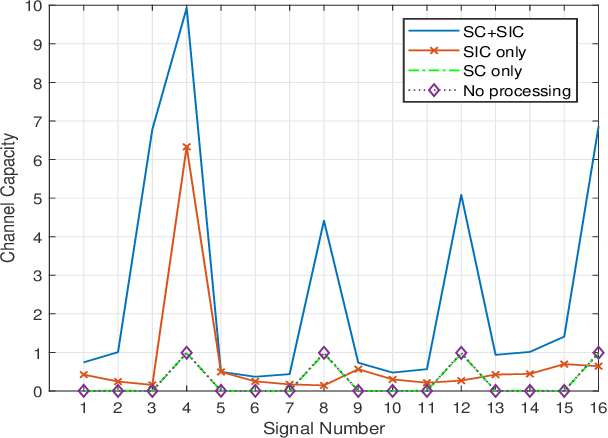Jiaqi Wei
AlignRAG: An Adaptable Framework for Resolving Misalignments in Retrieval-Aware Reasoning of RAG
Apr 21, 2025Abstract:Retrieval-augmented generation (RAG) has emerged as a foundational paradigm for knowledge-grounded text generation. However, existing RAG pipelines often fail to ensure that the reasoning trajectories align with the evidential constraints imposed by retrieved content. In this paper, we reframe RAG as a problem of retrieval-aware reasoning and identify a core challenge: reasoning misalignment-the mismatch between a model's reasoning trajectory and the retrieved evidence. To address this challenge, we propose AlignRAG, a novel test-time framework that mitigates reasoning misalignment through iterative Critique-Driven Alignment (CDA) steps. In contrast to prior approaches that rely on static training or post-hoc selection, AlignRAG actively refines reasoning trajectories during inference by enforcing fine-grained alignment with evidence. Our framework introduces a new paradigm for retrieval-aware reasoning by: (1) constructing context-rich training corpora; (2) generating contrastive critiques from preference-aware reasoning trajectories; (3) training a dedicated \textit{Critic Language Model (CLM)} to identify reasoning misalignments; and (4) applying CDA steps to optimize reasoning trajectories iteratively. Empirical results demonstrate that AlignRAG consistently outperforms all baselines and could integrate as a plug-and-play module into existing RAG pipelines without further changes. By reconceptualizing RAG as a structured reasoning trajectory and establishing the test-time framework for correcting reasoning misalignments in RAG, AlignRAG provides practical advancements for retrieval-aware generation.
Why Does Your CoT Prompt (Not) Work? Theoretical Analysis of Prompt Space Complexity, its Interaction with Answer Space During CoT Reasoning with LLMs: A Recurrent Perspective
Mar 13, 2025Abstract:Despite the remarkable successes of Large Language Models (LLMs), their fundamental Transformer architecture possesses inherent theoretical limitations that restrict their capability to handle reasoning tasks with increasing computational complexity. Chain-of-Thought (CoT) prompting has emerged as a practical solution, supported by several theoretical studies. However, current CoT-based methods (including ToT, GoT, etc.) generally adopt a "one-prompt-fits-all" strategy, using fixed templates (e.g., "think step by step") across diverse reasoning tasks. This method forces models to navigate an extremely complex prompt space to identify effective reasoning paths. The current prompt designing research are also heavily relying on trial-and-error rather than theoretically informed guidance. In this paper, we provide a rigorous theoretical analysis of the complexity and interplay between two crucial spaces: the prompt space (the space of potential prompt structures) and the answer space (the space of reasoning solutions generated by LLMs) in CoT reasoning. We demonstrate how reliance on a single universal prompt (e.g. think step by step) can negatively impact the theoretical computability of LLMs, illustrating that prompt complexity directly influences the structure and effectiveness of the navigation in answer space. Our analysis highlights that sometimes human supervision is critical for efficiently navigating the prompt space. We theoretically and empirically show that task-specific prompting significantly outperforms unsupervised prompt generation, emphasizing the necessity of thoughtful human guidance in CoT prompting.
Channel Modeling and Signal Processing for Array-based Visible Light Communication System in Misalignment
Jan 10, 2021



Abstract:This paper proposes an indoor visible light communication (VLC) system with multiple transmitters and receivers. Due to diffusivity of LED light beams, photodiode receive signals from many directions. We use one concave and one convex lens as optical antenna, and obtain the optimal lens structure by optimizing which corresponds to the minimum condition number of channel gain matrix. In this way the light emitted by different LED can be separated well from each other then minimize signal interference. However, interference increases in the case of system deviation, so we explore the system mobility. Then subsequent signal processing is carried out, including signal combining and successive interference cancellation (SIC). We combine the same signal received by different receivers to improve signal to interference noise ratio (SINR). And SIC can effectively restore interference and eliminate its impact. The simulation results show that channel capacity can be increased by more than 5 times and up to 20 times under the condition of receiver and transmitter alignment. In the case of movement, channel capacity can also be increased by about 4 times on average. Moreover, the mobile range of system is also significantly expanded.
 Add to Chrome
Add to Chrome Add to Firefox
Add to Firefox Add to Edge
Add to Edge